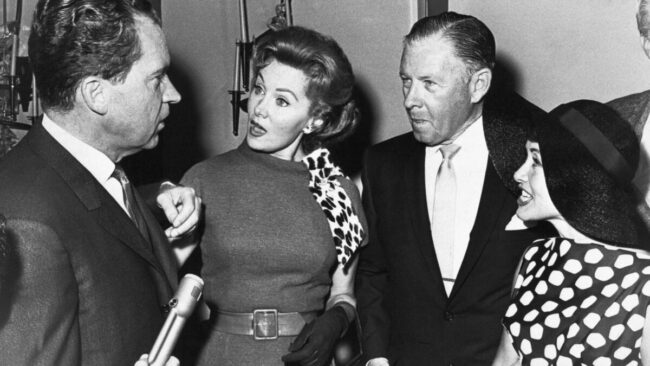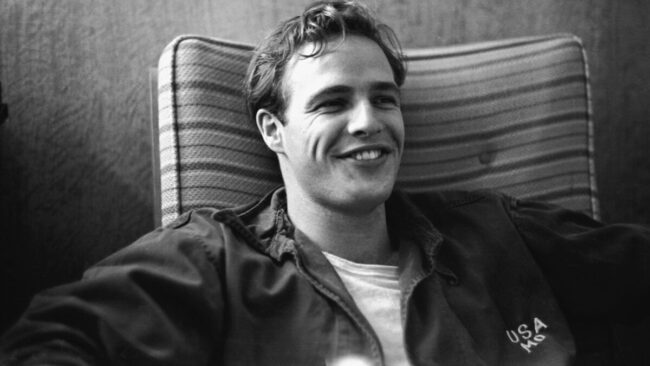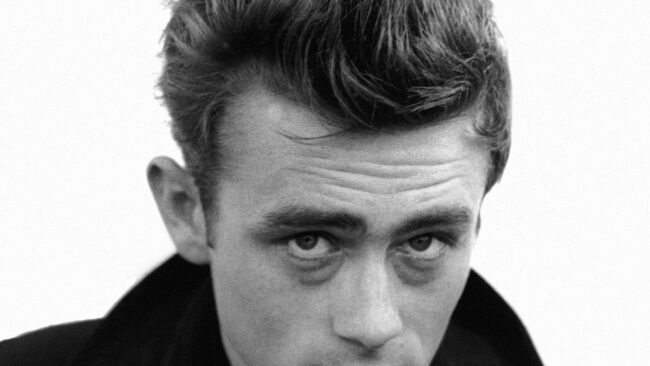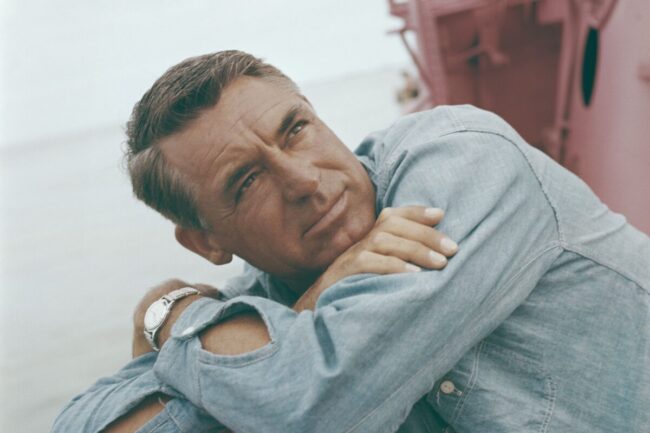1950s movie stars had a clear look. Their clothes were sharp, fitted, and full of character. Men wore suits or leather jackets. Women chose hourglass dresses, heels, and pearls. You can copy that style with a few key pieces.
Style Rules the Stars Lived By
Cary Grant dressed with precision. James Dean made casual look deliberate. Brando mixed grit with polish. Bogart never looked unprepared. Their style relied on structure, confidence, and a few signature details.
What stood out in their look:
- Wide-lapel suits with real weight
- Pleated, high-waisted trousers
- Cuban-collar shirts in clean fabrics
- Crisp white tees under jackets
- Leather outerwear that fit like armor
- Slim ties worn straight
- Pompadours and neat side parts
- A pipe in hand, steady as part of the frame
For anyone who wants that kind of smoking pipe, solid, classic, and camera-ready, check out Pipeonline. It fits the look without trying too hard.
Suits That Did the Talking

A suit in the 1950s was not optional. It defined the actor before the first line landed. Cary Grant moved like the suit was cut for each gesture. Bogart wore his with tension and weight. Glenn Ford stood sharper in gray than most men did in full color. A suit was more than fabric—it was reputation in motion.
What made it work
- Suits were heavier, lined, built with real shoulders
- Trousers hit the navel, never the hips
- Jackets ended at the right spot on the wrist, no guessing
- Patterns stayed subtle: herringbone, light pinstripe
- Ties stayed narrow, never sloppy
No one wore a baggy shape. No one let a lapel fold in on itself. Tailoring was armor, not decoration. If the suit failed, the scene failed.
Casual Was a Statement, Not a Shortcut

James Dean did not wear a white tee because he gave up. He wore it because it fit like defiance. Brando’s short-sleeve shirt in A Streetcar Named Desire carried more heat than most speeches.
Tony Curtis walked through scenes in polos that looked carved, not stitched. They did not dress down. They dressed with purpose—without polish.
| 1950s Piece | Purpose |
| White crewneck tee | Framed the upper body, no slack |
| Denim jeans | Straight fit, cuffed clean |
| Cuban-collar shirt | Showed neck, added attitude |
| Leather jacket | Rebellion without shouting |
| Footwear | Loafers, boots, not sneakers |
Every layer told the same story: you knew what you were doing.
The Accessories Were Never Afterthoughts

Details in the 1950s made the outfit matter. Marlon Brando wore his leather belt like it held more than pants—it held presence. Dean’s boots said more than a monologue. Even the pipe Bogart carried was never random. Accessories gave weight to scenes without adding noise.
- Hair was intentional. Pompadours stood proud. Side parts stayed tight.
- Watches sat flat, never chunky. Usually leather-strapped, always sleek.
- Sunglasses held form. Think square frames, not curve-hugging wraparounds.
- Shoes were tools. They touched ground like the actor meant to stay there.
Grooming matched the wardrobe. Clean shave or clean stubble—no half-done faces. No detail was left to chance.
The smallest choices held the biggest consequences on screen. Dressing like a star meant no weak links. Not in the cut, not in the collar, not in the cuff.
The Hair Was a Signature

Hair defined the actor before the script did. James Dean shaped chaos into something exact. Brando’s part carried authority with no help from words. Sinatra polished every strand into position. The hair was never random. It carried tension, control, and identity.
Key elements of the look
- Pomade with a strong hold, high shine
- Barbers focused on volume up top, tight on the sides
- Clean hairlines and well-kept sideburns
- Styles included pompadours, side parts, or short waves
- No visible mess unless the scene required it
Outerwear That Owned the Room
Outerwear gave the actor power. Dean’s red windbreaker in Rebel Without a Cause turned him into a symbol. Brando’s black leather jacket in The Wild One made silence feel dangerous. Coats in the 1950s set tone, mood, and rank without asking for attention.
Types that stood out
- Leather biker jackets with weight and edge
- Trench coats, often belted and dark-toned
- Wool overcoats cut clean through the torso
- Light gabardine jackets with strong collars
- Raincoats used as costume, not convenience
The Role of Color, Texture, and Restraint

No star dressed in noise. They wore calm, with discipline. Cary Grant used navy and gray like tools. Dean trusted in white, denim, and black. Brando leaned toward olive, sand, and charcoal. Color worked because it knew its place.
What mattered more than color
- Texture carried the depth: tweed, gabardine, raw denim
- Patterns were limited: light checks or pinstripes only
- Shine came from leather or cufflinks, never fabric
- Layers blended, never clashed
- Contrast existed, but harmony ruled
Restraint made the outfit speak louder. Nothing demanded attention. Everything earned it.
Shoes That Kept Ground and Carried Weight
Footwear never chased attention in the 1950s. It carried it. Cary Grant moved in polished Oxfords that anchored every suit. James Dean stepped into boots that made each street scene feel carved in stone. Brando stayed grounded with leather that held up in silence.
What worked without fail
- Oxfords with hard soles and matte finish
- Loafers with subtle structure, never flash
- Leather boots, clean toe, mid-height
- Black or dark brown only
- Always polished, never dull
Why the Look Still Works
1950s movie star style did not chase trends. It built a foundation. The structure of the clothes gave shape. The focus on fit gave authority. The limited color palette forced creativity through texture and detail. Nothing wasted. Nothing overdone.
Men dressed like the scene mattered, even when no one was watching. They relied on fewer pieces that worked harder. Every collar stayed pressed. Every jacket framed the body. Every shoe held ground like the actor had something to prove.
Keep the logic simple
- Wear clothes that fit and carry shape
- Choose texture over loud colors
- Let the finish speak louder than the brand
- Keep the grooming sharp and the layers intentional
Last Words
1950s movie stars dressed with control and purpose. Their clothes had shape, weight, and confidence. Each piece helped build presence. To follow that style today, focus on fit, texture, and clean lines. The right choices still speak without effort.
